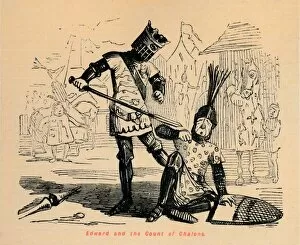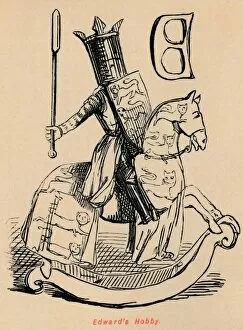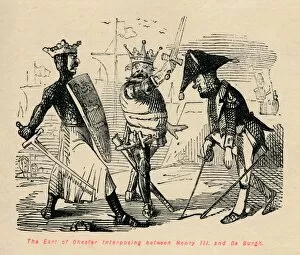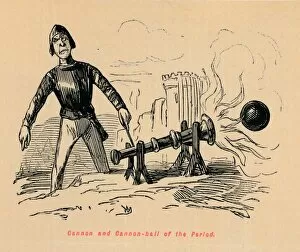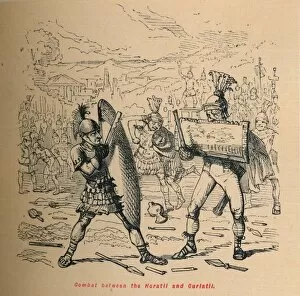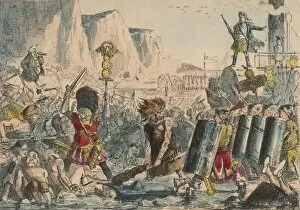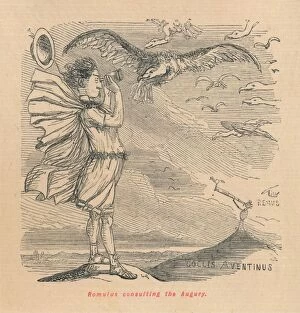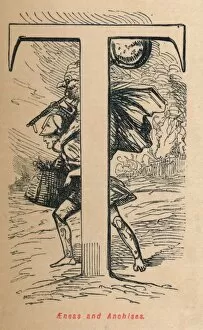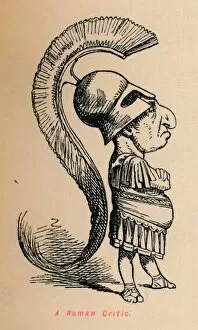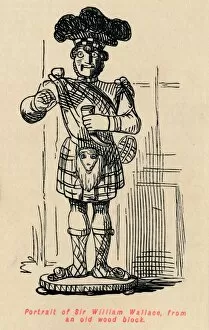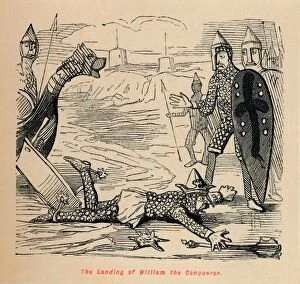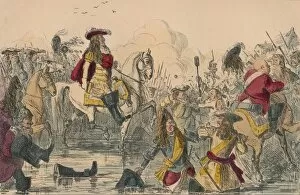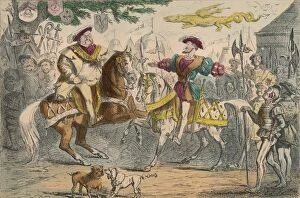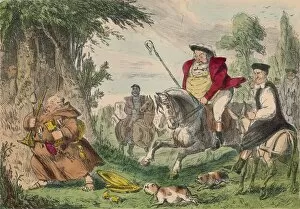Gilbert Abbott A Beckett Collection (page 8)
Gilbert Abbott a Beckett: A Glimpse into Historical Moments Step back in time and immerse yourself in the captivating world of Gilbert Abbott a Beckett
For sale as Licensed Images
Choose your image, Select your licence and Download the media
Gilbert Abbott a Beckett: A Glimpse into Historical Moments Step back in time and immerse yourself in the captivating world of Gilbert Abbott a Beckett, as depicted by renowned artist John Leech. From foggy battlefields to royal rescues, these illustrations bring to life some of history's most significant events. In "Field of Battle (in a fog) near Barnet, " we witness the chaos and uncertainty that shrouded this pivotal conflict. The artist masterfully captures the tension and confusion that engulfed both sides. Moving forward, we stumble upon the dramatic scene titled "Discovery of Guido Fawkes by Suffolk and Mounteagle. " This chilling moment showcases the foiling of an infamous plot, forever etching Guy Fawkes' name into history. Another striking piece is "Take away that Bauble: Cromwell dissolving the long Parliament. " Here, Leech portrays Oliver Cromwell's bold act as he removes power from an ineffective parliament - a defining moment in English politics. But it isn't all political intrigue; there are moments of heroism too. In "King James rescued from the New River, " we witness a daring rescue mission unfold before our eyes. The bravery displayed here reminds us that even kings can find themselves in need. Traveling further back in time, we encounter Richard Coeur de Lion locked in combat with Saladin during their legendary clash. Leech's attention to detail transports us right onto the battlefield alongside these iconic figures. The Magna Carta signing at Runnymede takes center stage next - King John surrounded by barons and bishops united for justice and freedom. This historic event laid down principles still cherished today. We then shift gears to witness Sir Walter Raleigh chivalrously laying his cape over a puddle for Queen Elizabeth I at Greenwich - an act emblematic of courtly love during those times.

